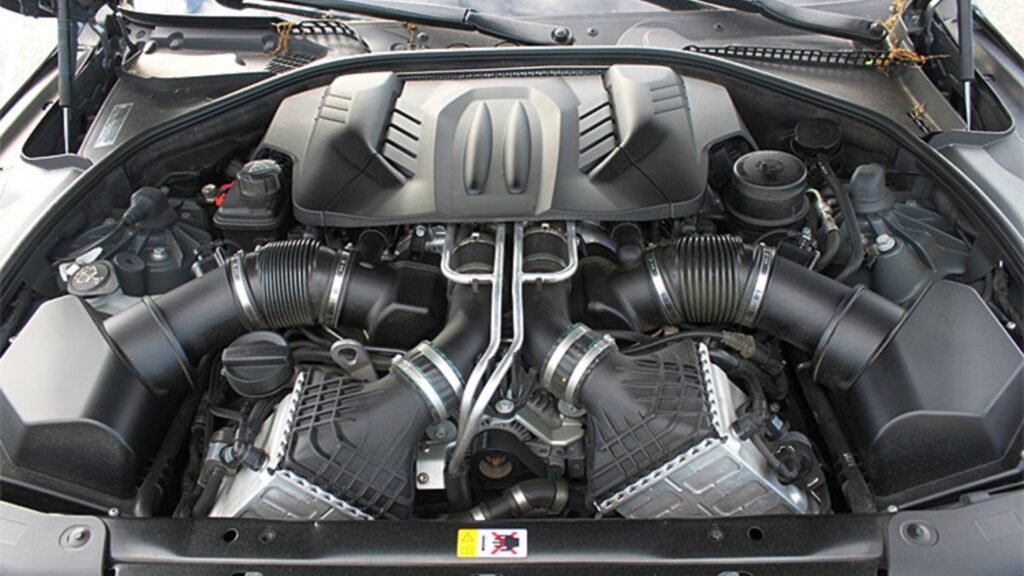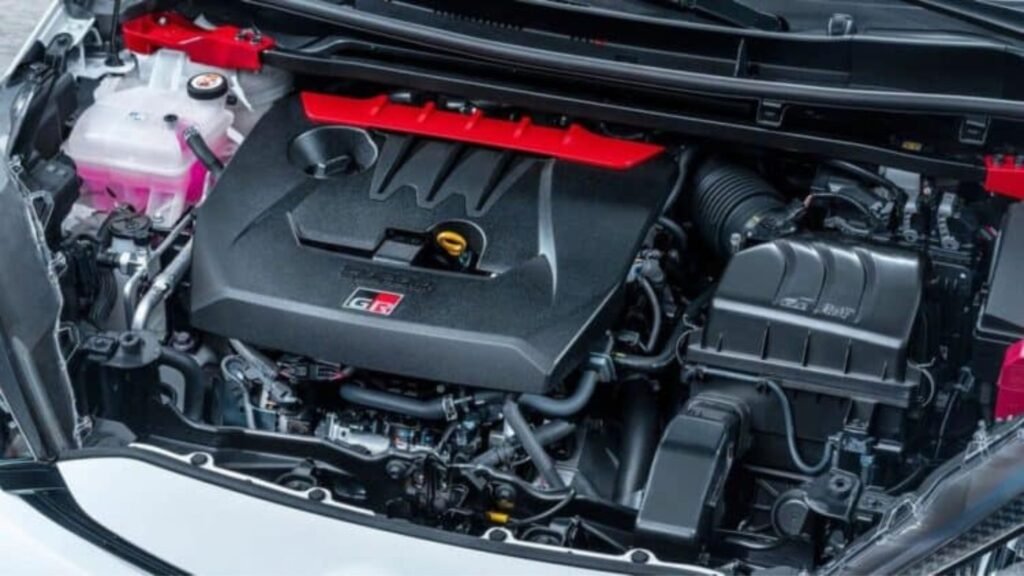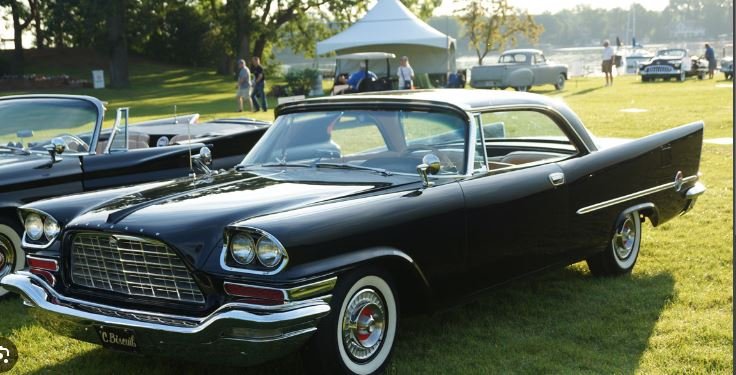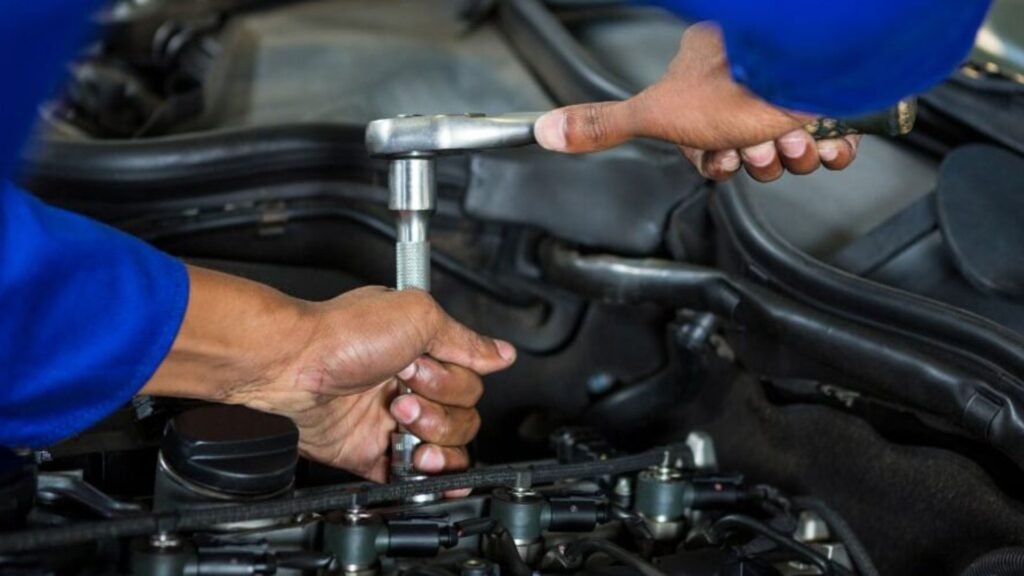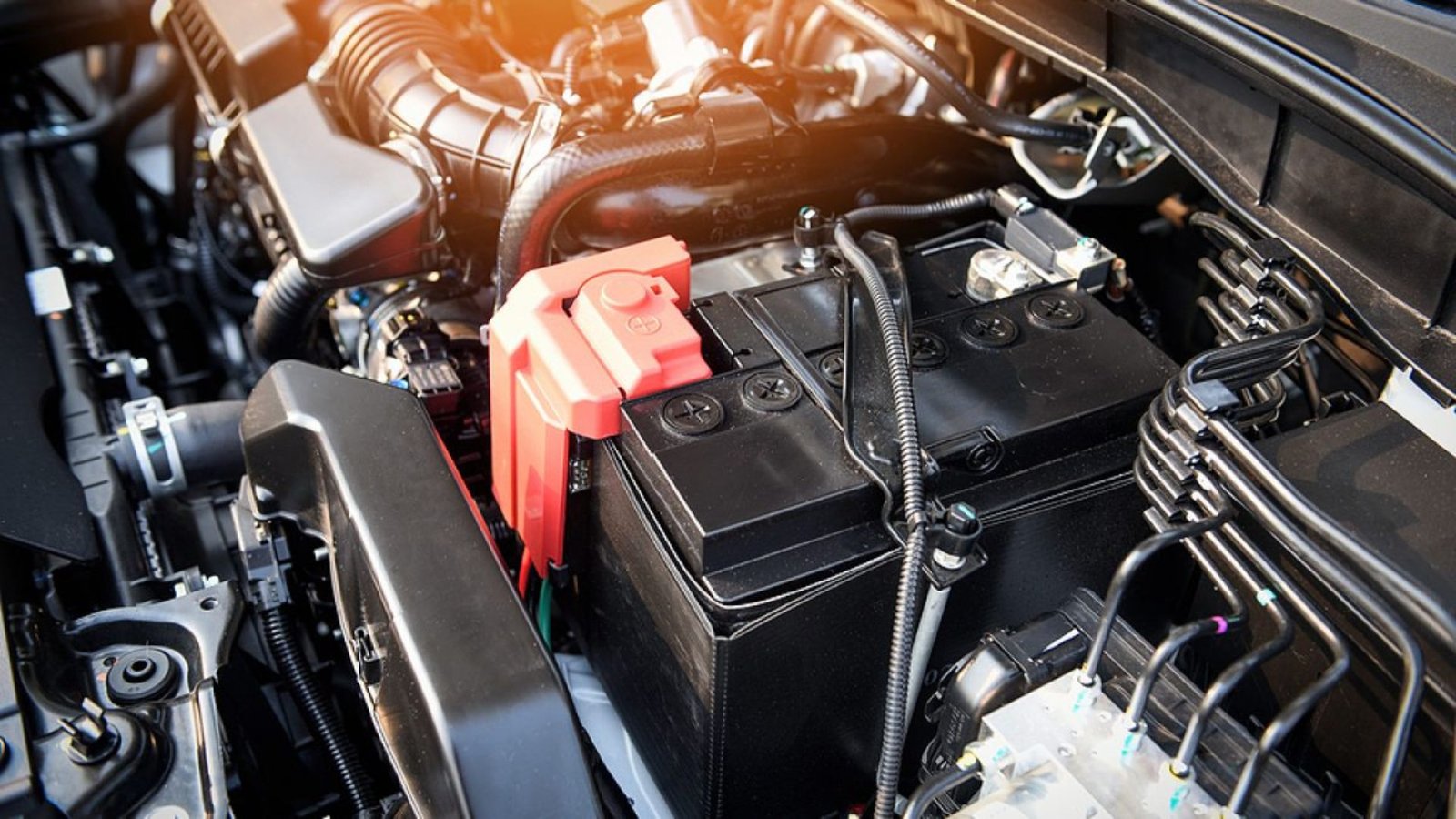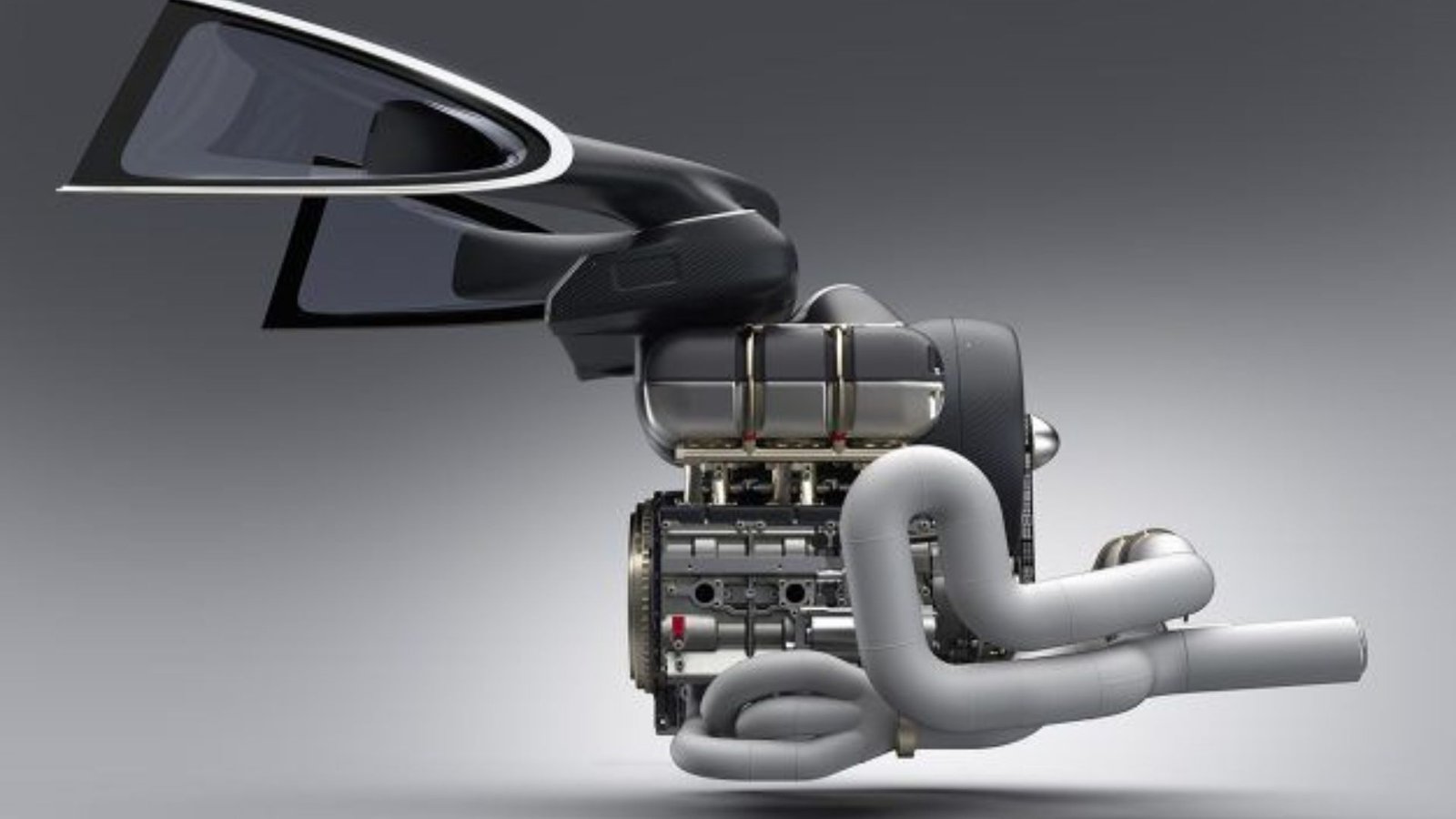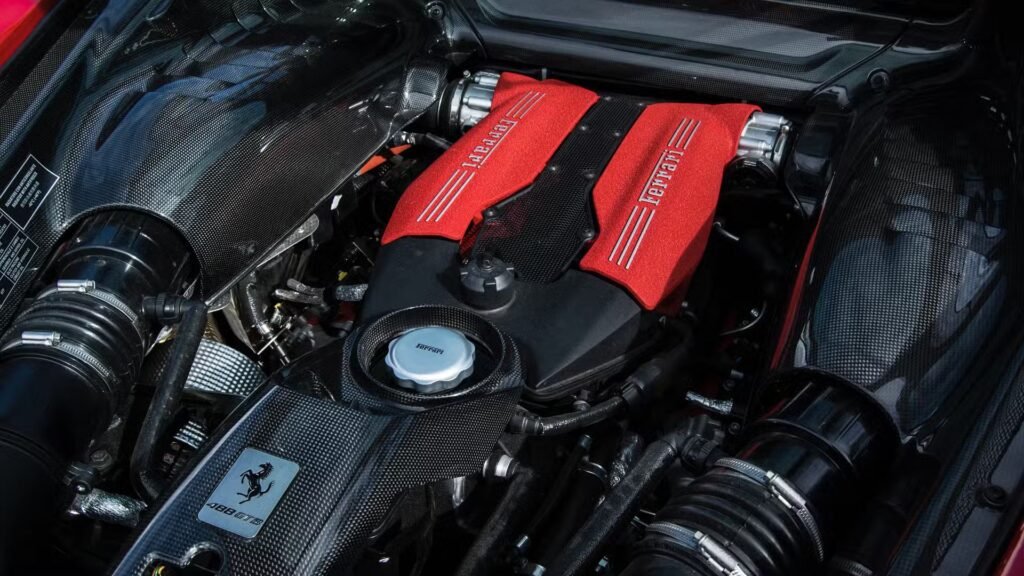Upgrading your engine can significantly improve your vehicle’s performance, fuel efficiency, and longevity. Engine upgrades are popular among car enthusiasts seeking more power, better fuel economy, or enhanced driving experiences. However, understanding the key aspects of upgrading your engine is essential to make informed decisions and get the best results.

Choosing the Right Upgrades
Upgrading your engine begins with choosing the right components to match your goals. Engine upgrades can range from minor improvements to full rebuilds, depending on your needs and budget.
- Cold Air Intakes: One of the simplest and most effective upgrades involves installing a cold air intake. It allows your engine to draw in cooler air, which improves combustion efficiency and increases horsepower. Cold air intakes are affordable and easy to install, making them a popular choice for beginners.
- Exhaust System Upgrades: Another common upgrade is a performance exhaust system. It reduces backpressure and allows the engine to expel exhaust gases more efficiently, leading to improved horsepower and torque. A performance exhaust system also enhances the engine’s sound, adding a sportier tone to your vehicle.
- Turbochargers and Superchargers: For significant power gains, many enthusiasts turn to forced induction systems like turbochargers and superchargers. These components force more air into the engine, which increases power output. While they offer substantial performance boosts, they require careful tuning and installation to ensure engine reliability.
The Importance of Tuning
Upgrading your engine often involves re-tuning the engine’s computer systems to accommodate the new components. Without proper tuning, your upgrades may not deliver the expected performance improvements.
- Engine Control Unit (ECU) Tuning: After installing performance upgrades, you’ll need to adjust the ECU to optimize the engine’s air-fuel ratio, ignition timing, and boost levels. ECU tuning ensures that your engine operates efficiently with the new upgrades, maximizing power and performance. Some aftermarket upgrades may come with pre-tuned ECUs, but custom tuning provides the best results.
- Dyno Testing: For more precise tuning, many enthusiasts opt for dyno testing. This process measures the engine’s power output and performance on a dynamometer, allowing technicians to fine-tune the engine for optimal performance. Dyno tuning is essential for high-performance upgrades like turbochargers or superchargers.
Considering Longevity and Reliability
Upgrading your engine not only boosts performance but also impacts its longevity and reliability. It’s essential to consider the long-term effects of your upgrades to avoid potential issues down the road.
- Cooling System Upgrades: As you increase the engine’s power output, it generates more heat. Upgrading your cooling system with a larger radiator or better fans can help prevent overheating and ensure your engine runs at optimal temperatures. Neglecting to upgrade the cooling system can lead to engine damage, especially in high-performance setups.
- Reinforced Components: When adding significant horsepower, you may need to reinforce other engine components. Upgraded pistons, connecting rods, and crankshafts can handle the added stress and prevent catastrophic engine failure. Reinforced components are crucial for high-performance builds, particularly in forced induction setups.
- Fuel System Enhancements: Upgraded engines often require more fuel to match the increased air intake. Consider upgrading the fuel pump, injectors, and fuel lines to ensure the engine receives the proper fuel supply. A well-matched fuel system prevents lean conditions that can damage the engine over time.
Conclusion
Upgrading your engine is an exciting way to enhance your vehicle’s performance and driving experience. Whether you’re looking for more horsepower, better fuel efficiency, or a unique sound, there are countless upgrade options available. Remember that proper tuning, reliable components, and attention to your engine’s long-term health are key to achieving the best results. With careful planning and the right upgrades, you can transform your vehicle into a high-performance machine.



